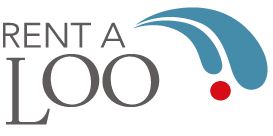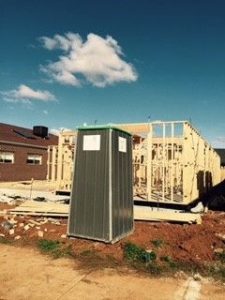Toilet facilities – what should workplaces have?
There is no specific requirement regarding toilets in the Victorian OHS Act – only that the employer must provide “adequate facilities” for employees [Section 21(2)(d)]. So what does this mean?
The Workplace Amenities and Work Environment Compliance Code (Clauses 40 – 53) contains more information which an employer should comply with:
Generally, separate toilets need to be provided in workplaces where there are both male and female employees. However in workplaces with both male and female employees where
- the total number of people who normally work at the workplace is 10 or less, and
- there are two or less employees of one gender
one unisex toilet may be provided. A unisex toilet comprises one closet pan, one washbasin and means for the disposal of sanitary items. For example, a workplace with two male and eight female employees, or with one female and three male employees, could have a unisex toilet, because there are 10 or less employees in total, and two or less employees of one gender.
In all other workplaces, separate toilets need to be provided, in at least the following ratios:
- 1 water closet for up to 20 males;
- 1 extra water closet for each additional 20 males (or part thereof);
- 0 urinal for 1 – 10 males;
- 1 urinal for between 11 and 25 males;
- 2 urinals for 26 to 50 males;
- 1 extra urinal for each additional 50 males (or part thereof);
- 1 water closet for up to 15 females;
- 1 extra water closet for each additional 15 females (or part thereof).
The code states that the facilities must be clean and hygienic. Where it is not reasonably practicable to provide access to permanent toilets, portable toilets need to be provided (clause 47). These must be installed securely, and be provided with a lockable door, lighting and ventilation.
Clause 49: Toilets need to be:
- fitted with a hinged seat and lid
- provided with adequate lighting and ventilation
- clearly marked
- fitted with a hinged door capable of locking from the inside on each cubicle
- designed to enable emergency access
- located separately from any other room by a soundproof wall or by a separate entrance
- separated from any other room by an airlock
In terms of access to toilets, the Code states:
50. In most cases, employers are expected to provide toilet facilities for employees, rather than relying on access to external public toilets.
51. Toilets need to be accessible, preferably located inside a building or as close as possible to the workplace, to eliminate or reduce any risk to employee safety while accessing them. In multi-storey buildings, toilets need to be located on at least every second storey. For short-term temporary workplaces and workplaces in remote areas, a temporary toilet needs to be provided in a secure place with safe access.
52. Sometimes, when workplaces are temporary, remote or mobile, employers are unable to provide toilets for employees. In these cases employers need to provide the amenity by ensuring employees have access to other toilets, such as public toilets or toilets at client premises. Clear directions on where the toilets are located also need to be provided.
The code also provides advice on other facilities, such as hand washing and shower facilities. Note: it makes no comment on the quality of the water in such facilities (as opposed to the quality of drinking water).
In terms of maintaining amenities:
26.Workplace amenities need to be maintained so that they continue to meet the needs of employees. This means they need to be hygienic, safe, secure and in serviceable condition.
27. Consumable items, such as soap and toilet paper, need to be replenished regularly. Broken or damaged infrastructure and fittings (such as plumbing, airconditioning and lighting) needs to be repaired promptly. Equipment and furniture … need to be maintained in good repair so that employees can use them safely.
28. Workplaces and amenities need to be cleaned regularly, usually daily. The cleaning schedule needs to take into account the requirement for hygienic maintenance of amenities such as dining areas, toilets, hand basins and showers. These amenities need to be cleaned more frequently, taking into account shift work, the type of work performed and the number of employees
The Compliance Code can be accessed and downloaded from the Victorian WorkSafe website. It is also possible to request a hard copy via the WorkSafe publications unit.
NOTE: Also from WorkSafe (February 2012) a Guidance Note: Portable toilets on worksites
Last amended July, 2017


